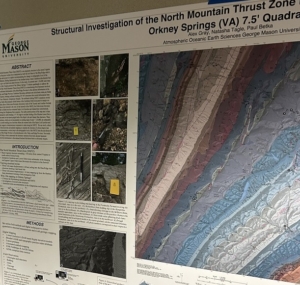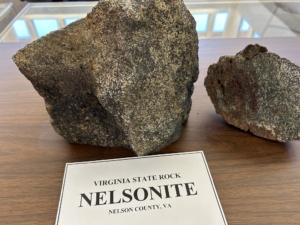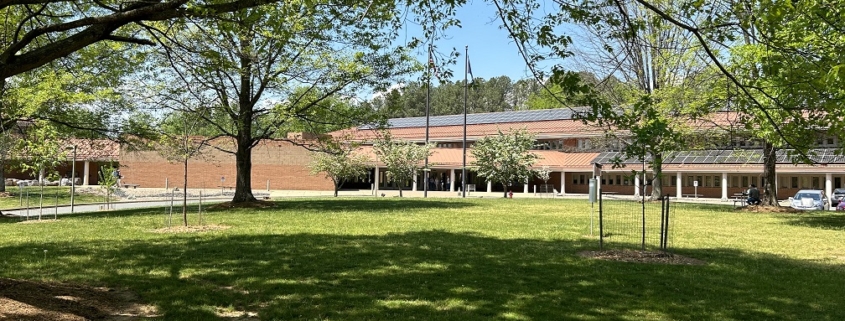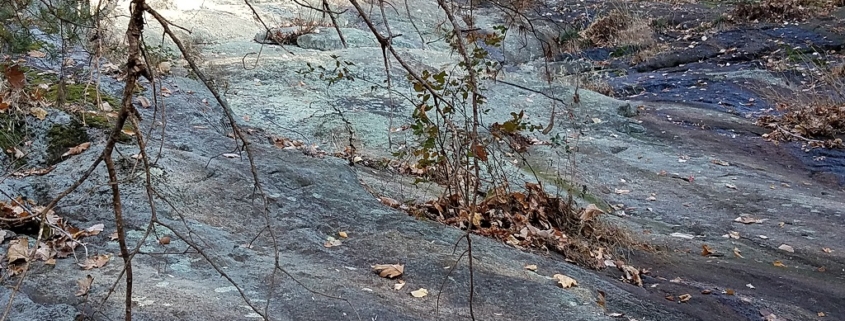The 2023 Virginia Geologic Research Symposium
Feature photo: Virginia Energy campus, offering impressive architectural style and good birding opportunities. My iPhone Merlin Bird ID found Pine Warblers, Northern Flickers, and Purple Finches among other more common birds.
Article and photos by FMN Stephen Tzikas

Student Posters for Presentation. This one shown is from our local GMU
The 2023 Virginia Geological Research Symposium had resumed with an in-person conference on April 21, after a couple years of pandemic virtual conferences. The 2023 meeting took place at Virginia Energy in Charlottesville, VA. This approved FMN training event brings professionals, students, and the interested public together. Lectures are held at an undergraduate/graduated university level of knowledge. Geology is such a diverse topic, with appeal to many other types of scientists and engineers like myself.
This year’s agenda featured a diverse selection of topics of interest in Virginia. Technical Session 1 featured information on the heavy mineral sand abundance and mineralogy from paleo-placer and offshore deposits in Virginia. Such economic heavy minerals are of vital engineering importance to the United States as we transition to new technologies requiring new sources of rare earth elements.
Technical Session 2 included a stimulating lecture on the origin of nelsonite in the central Virginia Blue Ridge. Nelsonite is the Virginia State rock. Another lecture discussed preparing for the workforce, of special interest to the many students in attendance.

Nelsonite, the Virginia State Rock. The main building has hundreds of geologic specimens and instruments on display. Outside an impressive 49 large rock and mineral garden exists.
Technical Session 3 was another cross-over over session, similar to Technical Session 1, that had engineering appeal. Three lectures focused on groundwater and hydrology.

Tour of GMR Repositories and Collection. This is a one of a kind fascinating chance to see a unique geological collection.
Technical Session 4 included the investigation of lake sedimentary deposits for evidence of the 2011 earthquake in the central Virginia Seismic Zone. We all remember that earthquake. Another lecture included geophysical mapping to improve wine quality. Who could not like that? The next time I am enjoying a glass of wine at a Virginia vineyard, I’ll be remembering all the soil science I learned from this lecture.
The Virginia Department of Energy, Geology and Mineral Resources (GMR) Program, is a world class organization, and I highly recommend attending their annual symposium if you are a professional, a student, or have an interest in geology which you would like to develop further.



